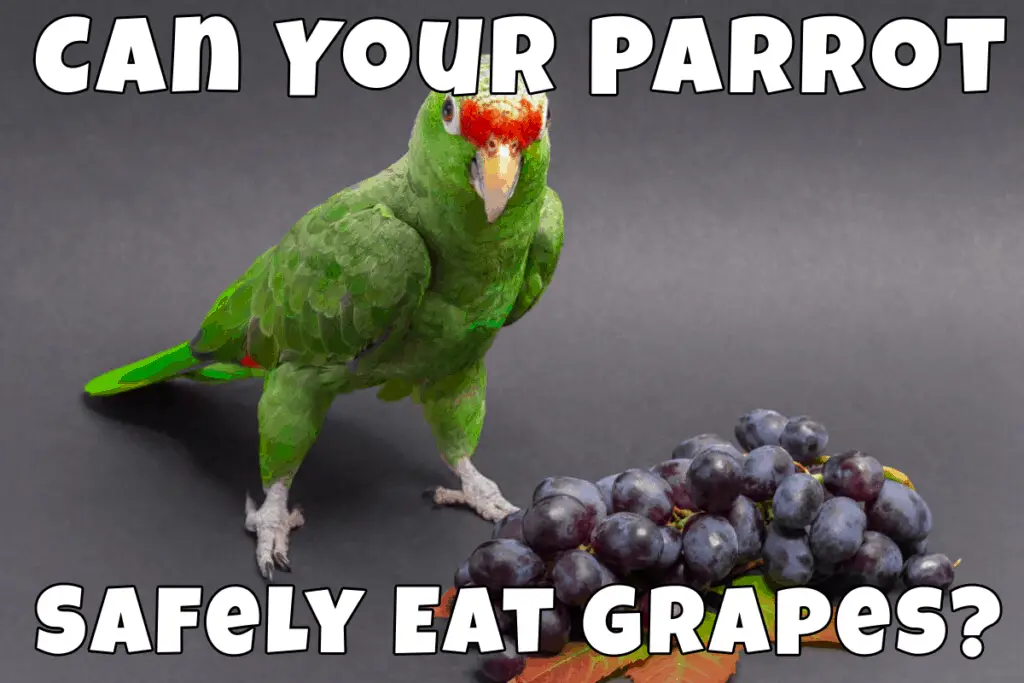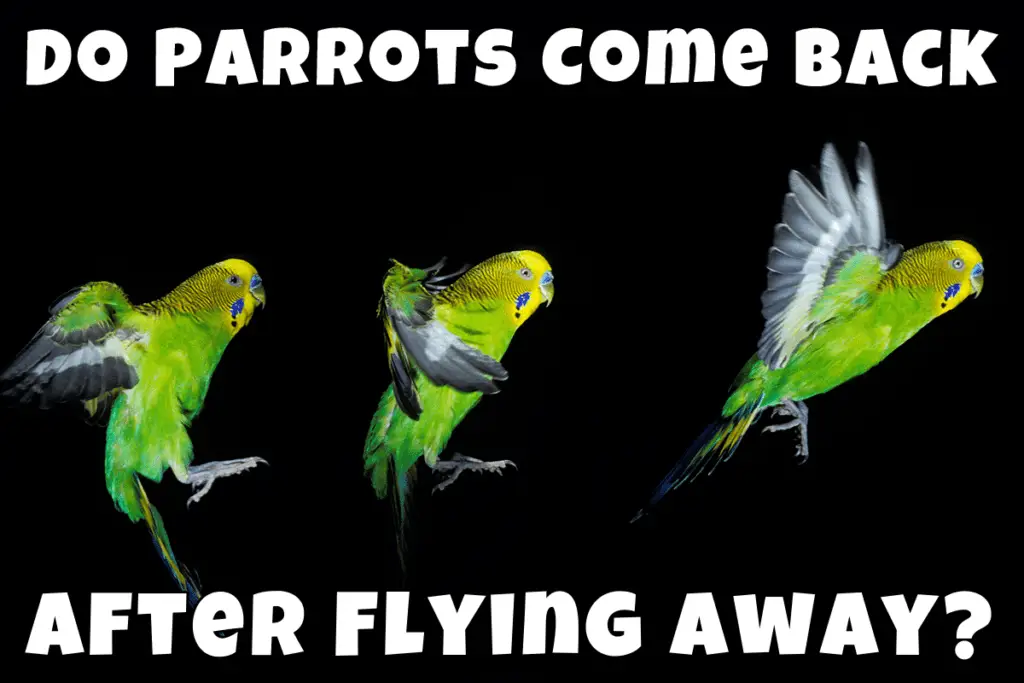When it comes to parrot health, the first thing you need to take care of is a healthy diet. Parrots have rather sensitive digestive systems and will not refuse harmful food on their own. Thus, you have to make sure that it eats healthy.
In addition to potentially harmful products, a responsible owner has to take notice of how much a parrot eats. Yes, we want to offer our pets the best thing possible, but too much of anything can be harmful.
Like any other animal, parrots can become obese if given too much food or the wrong kind of products. Besides, birds in captivity had a higher risk of obesity due to their sedentary lifestyle and food availability. Obesity leads to numerous issues with a parrot’s health and generally reduces its lifespan.
Considering the privileged lifestyle of home parrots, it’s extremely easy for them to gain excessive weight. It’s your task as an owner to make sure that the bird’s weight is alright.
Considering that large feathers hide all the chubbiness, and it’s often hard to tell whether a bird is built so “round,” or it’s overweight, you’ll need to work with your vet for regular weight checkups.
For now, at home, you can follow the simple rules of keeping your parrot in the best form!
Is My Parrot Overweight? How to Tell
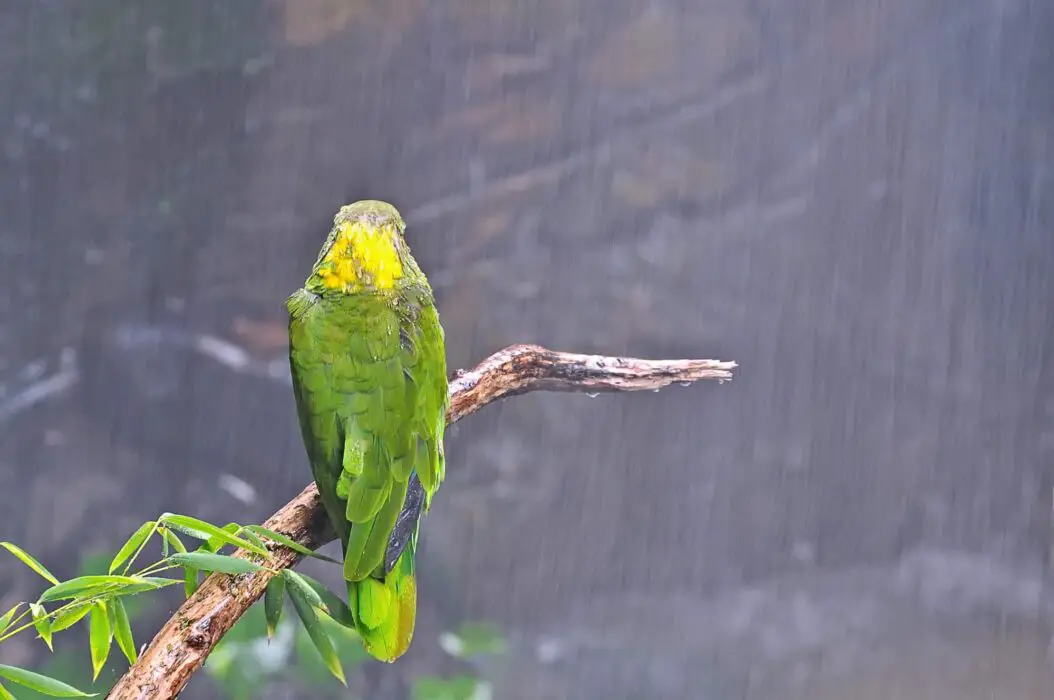
Parrots are numerous species that account for several genera and multiple sub-types. So naturally, all of them are built differently. Some are designed to be leaner, others more round and heavy. So you’ll have to know the standards of your parrot’s type to judge it. Plus, you cannot really tell its actual size because of the puffy feathers.
Plus, the weight will differ depending on its age, and that’s the norm.
Birds on the smaller spectrum weigh around 30-35 grams; that’s the smallest Pacific Parrotlet, only 11-14 cm in length. On the other hand, the bigger parrot type may weigh around 9 lbs (4 kg); this would be the heaviest parrot in the world – kakapo. Plus, a lot of species range everywhere between 200 – 700 grams!
You should always check the norm for your specific parrot and its age.
Also, a parrot’s obesity status is more about its shape than weight. The scales don’t take into account many aspects. And you can check the shape yourself.
Step 1 – take a look at the keel. This is the front bone that runs in the middle of a parrot’s chest. Upon further examination, you may notice that both sides of it feel boney – it means that a parrot is underweight. If the muscles and fat from both sides create a feeling of a “cleavage,” your bird carries extra fat.
Step 2 – take a look at your parrot’s jugular vein. It’s located on the neck. Just move the feather carefully away. If you don’t see it, your bird may be overweight.
Are Artichokes Safe for Parrots to Eat?
One strange sign of obesity is an excessively long beak. But this is a subjective measurement that should not be easily trusted.
Combined, these factors are a clear sign that your parrot is obese. To check the severity of its condition, consult a veterinarian. Your bird might have weight-related issues. The professional will tell whether the parrot only needs an adjustment in its diet or additional measures.
Do Wild Parrots Get Fat?
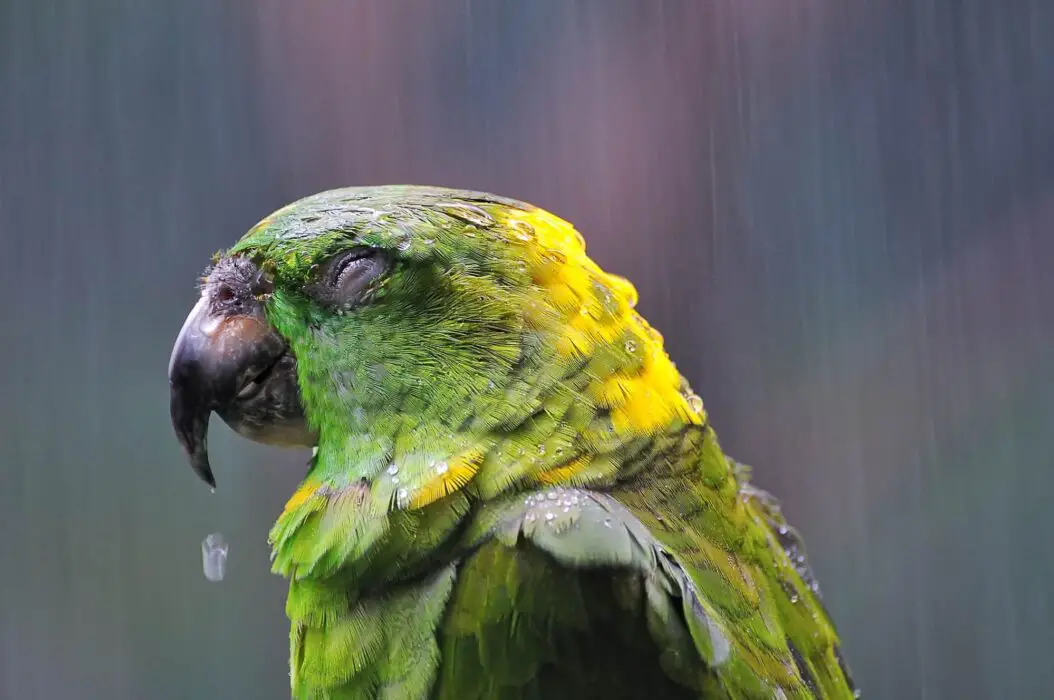
Theoretically, yes, they can. However, there is a slight chance of that happening. House pets are more likely to gain extra weight.
But where lies the difference between wild and captive birds here?
Well, several factors play a hand in wild parrots.
- They are more active. It’s obvious – your pet spends a significant time of its life in a cage. It restricts the bird’s movements. Thus, it doesn’t get enough activity. A wild parrot spends a lot of time flying rather long distances compared to the house you let your pet explore.
- Food foraging. Your pet doesn’t have to worry about food; it’s always available. And if it’s hungry, the bird just has to be a bit more vocal with you, and it’ll get the food. Wild parrots have it hard in comparison. They need to search for food on their own. And you can imagine how tough it is in the wild. Plus, wild parrots don’t get such a diversity of foods in nature as we give our pets. Plus, not all vitamins are well-balanced.
- Energy expenditure. It generally concerns a more active lifestyle but goes beyond flight. Parrots spend lots of energy on maintaining body heat, any activity, raising offspring, mating, and so on.
Can Parakeets Overeat? Beware the Dangers
What Are the Negative Sides of Obesity in Parrots?
Obesity is a serious issue both for humans and birds. It brings health issues all across the body.
The most frequent issue connected with obesity and atherosclerosis, and fatty liver disease. Both of these worsen the quality of life and can drastically reduce the bird’s lifespan. Plus, obesity drastically increases the danger of heart attack and other cardiovascular issues.
For both sexes, obesity brings a danger of infertility. In addition, birds are more likely to face cancer in the future.
As you see, obesity brings a bag of problems. Thus, it’s of utmost importance to keep your bird as healthy as possible.
How to Prevent and Cure Obesity in Parrots?
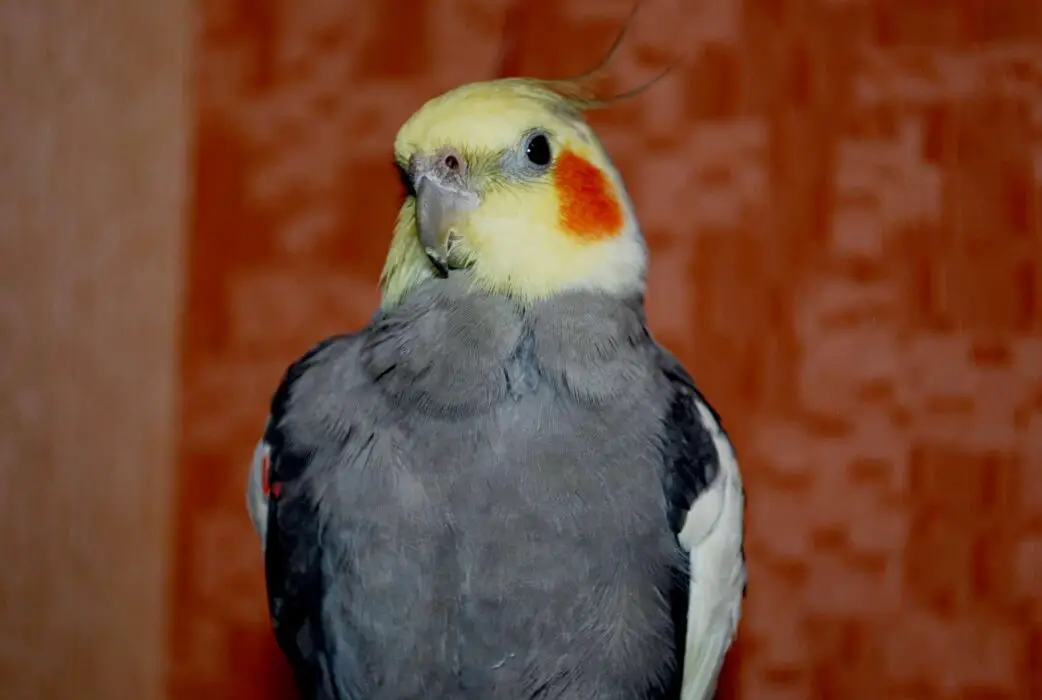
First of all, I’d like to highlight that preventing a condition is much easier than dealing with it afterward. So, I encourage you to take measures as soon as possible and ensure that your bird is healthy and eats well.
There are two primary components of preventing obesity. More about them in detail.
- Keeping to a healthy diet. As long as you take good care of what your parrot eats (and how much food it has), the bird will be healthy. You’ll have to research the specific types of foods, whether they are helpful, and what types of nutrients they have. Overall, a parrot’s diet should consist of around 60% of pellets, plus lots of vegetables and greens daily, fruit and nuts as small treats.
- Exercising. Do you remember the first reason why wild parrots are rarely obese? It’s because they have plenty of daily activities. The more energy a bird spends, the better it is at maintaining a healthy fat level. To ensure this factor is in play, an owner is recommended to purchase a big cage where the bird can freely move and let it out regularly. Play active games with the parrot. A helpful toy is a ladder of sorts that your parrot can climb to move around.
As you see, preventing obesity is easy. There are only two steps that you have to undertake. Granted, these are long-term goals that you have to keep track of every day.
4 Best Parrot Pellets You Need to Try in 2022!
But even this is better than treating an already obese parrot. In this case, a proper diet and exercises are the first things to implement. However, it’ll mostly help with fat levels. You’ll also need to make an appointment with a veterinarian to check all the consequences of prolonged obesity. In some cases, reducing a parrot’s weight can help; in other cases, a bird may require medical treatment as well.
As you see, parrot obesity is a severe issue that owners have to be aware of. However, keeping your pet healthy from the start is always preferable to treating the issues that are already there.
A parrot can easily get fat if you pay little attention to how a bird should be eating. Buying store foods and treating the bird from your plate is the worst thing you can do, diet-wise.
The most effective advice is to feed the bird clean and plain, plus offer daily activities.
I hope your bird remains healthy and happy for as long as its lifespan allows. And even a bit extra!
You can also learn about making sure your parrot lives as long as possible in this Eclcetus lifespan article.

